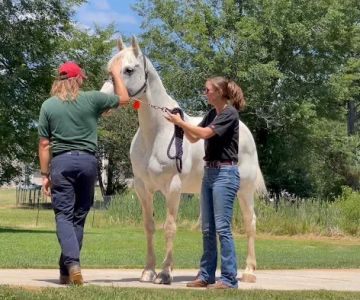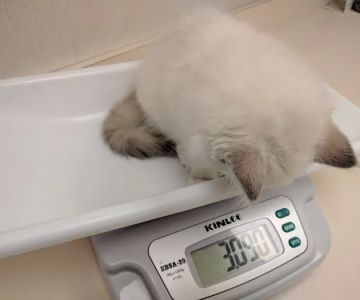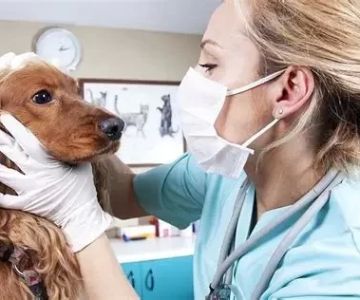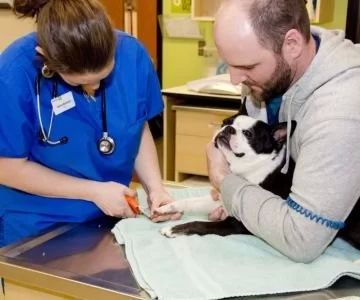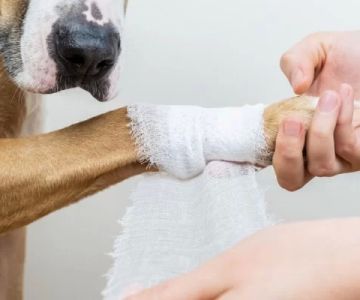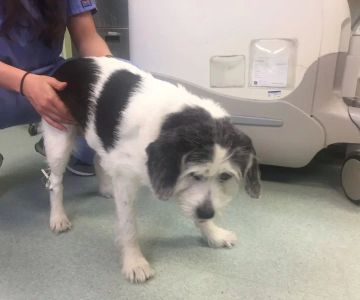- 1 - Understanding Bone & Joint Disease in Pets
- 2 - Common Signs and Early Symptoms Owners Should Notice
- 3 - Treatment Options for Pets with Bone & Joint Disease
- 4 - Real Stories from Families Caring for Pets
- 5 - Lifestyle Adjustments That Make a Difference
- 6 - Nutrition and Supplements for Joint Health
- 7 - Professional Guidance from Hidden Brook Veterinary
1 - Understanding Bone & Joint Disease in Pets
How to help pets with bone & joint disease starts with understanding what the condition means. Arthritis, hip dysplasia, and degenerative joint disease affect countless dogs and cats in the U.S. These conditions cause pain, stiffness, and limited mobility. By recognizing the nature of the disease, owners can take proactive steps to improve their pets’ quality of life and reduce suffering.
2 - Common Signs and Early Symptoms Owners Should Notice
Pets rarely vocalize discomfort in clear ways. Instead, subtle changes provide important clues: a dog reluctant to climb stairs, a cat hesitating before jumping onto a favorite perch, or decreased enthusiasm for playtime. Early recognition is critical. Spotting these warning signs allows treatment to begin sooner, slowing progression and preventing unnecessary pain.
3 - Treatment Options for Pets with Bone & Joint Disease
Veterinary care offers multiple paths. Anti-inflammatory medications and pain management provide relief, while physical therapy—such as hydrotherapy or controlled exercise—helps restore mobility. In severe cases, surgical options like joint replacement may be considered. Owners should always consult a veterinarian to craft a personalized plan. Combining professional treatment with at-home care creates the best outcomes for pets living with joint disease.
4 - Real Stories from Families Caring for Pets
A family in Texas shared their story of a senior Labrador diagnosed with arthritis. After introducing joint supplements and guided swimming therapy, they noticed renewed energy and playfulness. Another pet parent described how small lifestyle changes—like using ramps instead of stairs—transformed their elderly cat’s daily comfort. These real-world examples remind us that joint disease doesn’t have to end joyful companionship.
5 - Lifestyle Adjustments That Make a Difference
Simple modifications can dramatically improve daily life. Orthopedic pet beds cushion sore joints, while non-slip mats prevent painful slips on hard floors. Controlled exercise—short walks instead of long runs—maintains mobility without overstrain. Mental stimulation, such as puzzle feeders, also keeps pets engaged even when physical activity is reduced. Owners who adapt their homes show how compassion and creativity ease discomfort for pets.
6 - Nutrition and Supplements for Joint Health
Diet plays a vital role. High-quality proteins support muscle maintenance, while supplements like glucosamine, chondroitin, and omega-3 fatty acids aid cartilage and reduce inflammation. Balanced nutrition tailored to a pet’s size and breed can slow joint disease progression. Many owners have found success combining veterinary diets with targeted supplements recommended by trusted experts.
7 - Professional Guidance from Hidden Brook Veterinary
When wondering how to help pets with bone & joint disease, expert guidance makes all the difference. Hidden Brook Veterinary provides personalized care plans, advanced diagnostics, and recommendations for effective products and treatments. Their compassionate approach helps families ensure their pets remain active, comfortable, and happy. Whether through preventative advice or ongoing support, they are a trusted partner in pet health.

